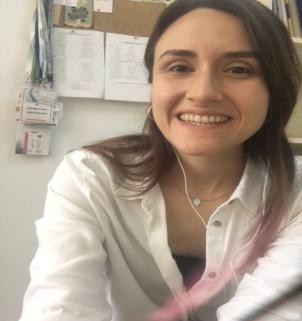
Naile Merve Guven
Ankara University, Turkey
Title: Role of oxidative stress and polycystic ovary syndrome
Biography
Biography: Naile Merve Guven
Abstract
Polycystic ovary syndrome (PCOS), characterized by oligo-ovulation or anovulation, elevated androgens, and appearance of polycystic ovaries, is an endocrine disorder that affects women of childbearing age. Prevalence of PCOS varies between 6-15% according to different diagnostic criteria. Insulin resistance and related compensatory hyperinsulinemia play a critical role in the pathophysiology of PCOS. According to the results of various studies, up to 70% of women with PCOS have insulin resistance. Studies in adipocyte and skeletal muscle cells have reported that insulin resistance in PCOS is mediated by receptor-mediated signal transduction or post-receptor defect. Besides, defects in insulin signaling as a result of impaired insulin receptor tyrosine kinase activity in skin fibroblasts have been described. Although the underlying mechanism of oxidative stress in PCOS is not fully understood, it has been shown that insulin resistance promotes oxidative stress. Increased reactive oxygen species in case of oxidative stress are produced by mitochondria. The ovary, testis, and uterus are particularly affected by reactive
oxygen species because they are regions that require ATP and contain high levels of mitochondria. Oxidative stress has a harmful effect, which may influence the fertility of women negatively, on ovulation, fertilization, embryo development, and implantation. Oxidative stress plays a significant role in the process of ovulation by inducing apoptosis of luteal cells. Oxidative stress in the follicular fluid may cause inadequate oocyte and embryo development.
